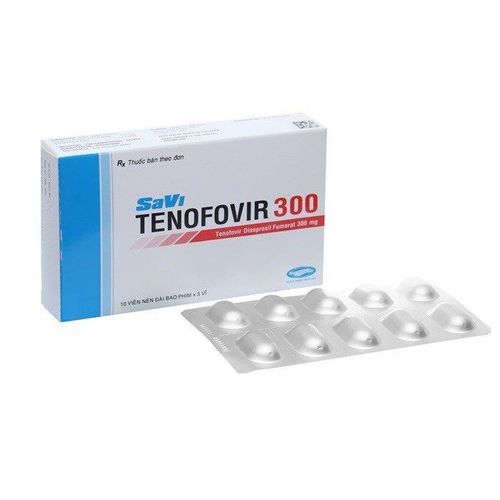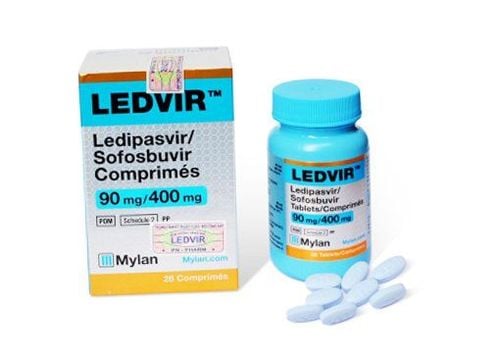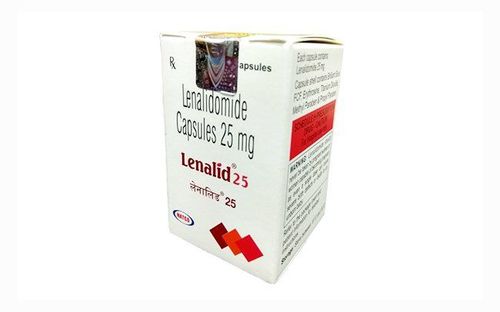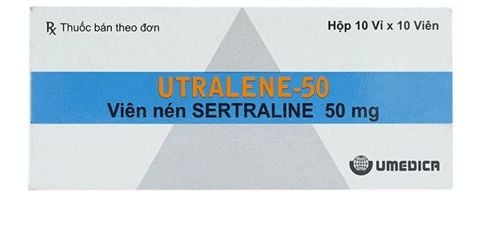This is an automatically translated article.
Phastarxin is an immunomodulatory drug that strengthens the immune system and is used in some cases of immunodeficiency due to many causes and supports the treatment of hepatitis B and C.1. What are the effects of Phastarxin?
Phastarxin drug has the main ingredient is Thymosin alpha 1 1.6mg, prepared in the form of coagulation powder for injection.Thymosin Alpha is an immunomodulatory drug, the main mechanism of this immune enhancement is unknown, possibly due to an increase in T cell activity. In in vitro experiments, this substance has The effect of promoting T-cell maturation by mitogen-activated peripheral blood lymphocytes increases the production of various lymphokines such as interferon alpha, interferon gamma, interleukin 2 (IL-2), and interleukin 3 (IL-3) of T cells and increase the number of these lymphokines on T cells.
2. When should you take Phastarxin?
Phastarxin is indicated for use in the following cases:Adjuvant treatment of hepatitis B: Chronic hepatitis B for patients aged 18 years and older with compensated liver disease and positive serum HBV DNA. Studies in patients who have been HBsAg positive for at least 6 months and have elevated serum GPT have demonstrated that treatment with Phastarxin can reduce serum viral load and normalize serum aminotransferases. . Treatment with this drug results in a reduction in serum HBsAg in some good responders. Support the treatment of hepatitis C. Treatment in cancer: Used as adjuvant in hepatocellular carcinoma, non-small cell lung cancer, melanoma. When used in cancer patients, the use of this drug has been shown to significantly increase survival for patients. Because Thymosin Alpha reduces the toxicity of chemotherapy, thereby helping to keep immune parameters, such as CD4 and CD8 counts during and after chemotherapy, stable. Support immunocompromised people, help regulate immune parameters for immunocompromised people such as the elderly, HIV-infected people, those who have just recovered from illness, ...
3. Dosage and how to use Phastarxin
Usage: Not for intramuscular or intravenous injection, only for subcutaneous injection. Completely dissolve lyophilized powder with 1ml of distilled water for injection, then inject subcutaneously. Once mixed, it must be used immediately.Dosage:
The recommended dose for patients with chronic hepatitis B is 1.6m / time, injected under the skin 2 times a week, each dose is 3 to 4 days apart. Treatment should be continued for 6 months without interruption. Chronic hepatitis C: Usually combined with interferon at a dose of 1.6mg subcutaneously, twice a week for 12 months. Infections after spinal cord transplantation, once daily at a dose of 1.6 mg for 16 weeks. Patients with COPD used a dose of 1.6 mg for 2 consecutive weeks. Used in cancer treatment such as in the treatment of non-small cell lung cancer, liver cancer and melanoma, this therapy is used at a dose of 1.6mg / time, injected under the skin twice a week or at a dose of 1.6mg / time before. and after chemotherapy.
4. When should Phastarxin not be used?
Phastarxin is contraindicated in the following cases:Contraindicated in patients with a history of hypersensitivity to the active substance thymosin alpha 1 or to any of its components. Use caution and consider this drug in severely immunosuppressed patients, such as organ transplant recipients, unless the potential benefits of this treatment outweigh the risks. can happen
5. Undesirable effects of the drug Phastarxin
Thymosin alpha 1 when administered is generally well tolerated. Rare adverse reactions, including:Discomfort at the injection site, rare red rash, drug fever, transient muscle atrophy, polyarthritis, hand edema and rash. If administration causes excessive elevation of the ALT enzyme, treatment can be continued unless there are signs or symptoms of liver failure. Very rarely, serious hypersensitivity reactions have been reported. But if it happens, it's very serious and requires urgent treatment. Inform your doctor about any unwanted effects you experience while using the drug. Most of the adverse effects are mild if prolonged, just stop taking the drug, but if you see a serious hypersensitivity reaction (abdominal pain, difficulty breathing, swelling in the throat, lips, tongue, ...) emergency medical.













